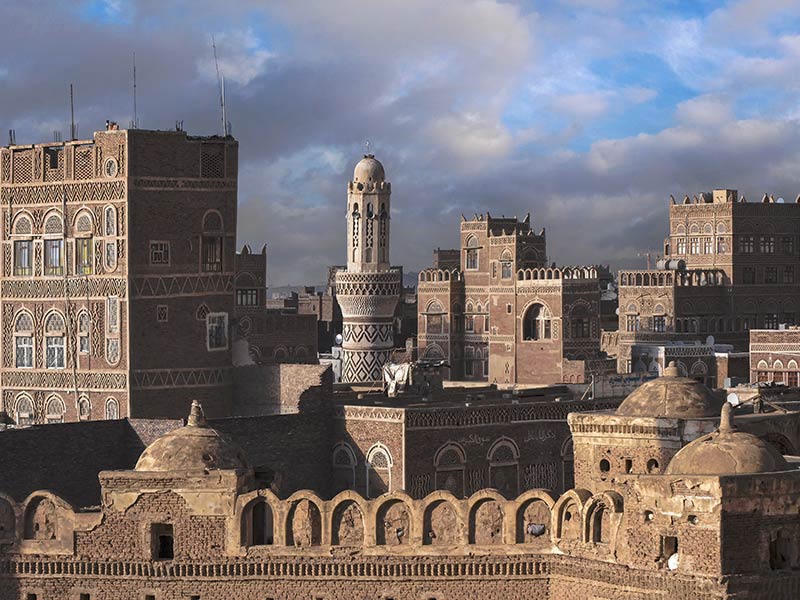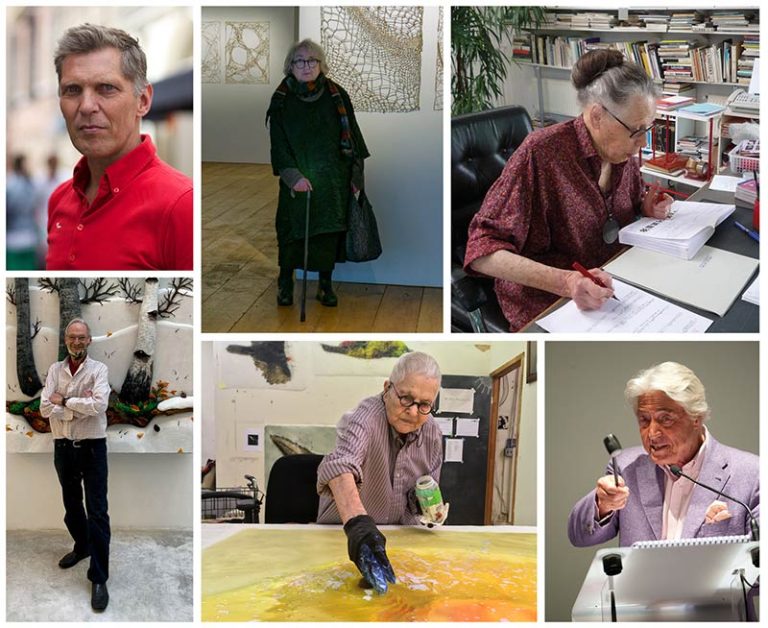In recent conflicts, the Hague Convention has sometimes shown its limits given the scale of the destruction of cultural property. The measures put in place by UNESCO for several years contribute in a certain way to protecting heritage and facilitating its restoration after conflicts, but as Audrey Azoulay, Director General of UNESCO, recalls, these measures are “put implemented in times of peace. Geolocation of archaeological and heritage sites, inventory of museum collections, sending protective equipment to bombed museums, digitization of collections: some of these actions must now be carried out during conflicts, a new development for UNESCO.
Among the new measures, training intended for professionals is considered a priority, in particular for the armies, and UNESCO announces that it has already trained “7,500 soldiers in 169 countries” over five years. This aspect is reinforced by a proposal for an alliance “civil-military for the protection of cultural property”in order to train mixed units specializing in heritage issues: UNESCO specifies that these units will be trained primarily in Africa.
Another initiative concerns the training of judges and prosecutors on the destruction of cultural property (data collection and investigation methods). It is in fact difficult to obtain verified data on the destruction of heritage sites, as shown last February in the list of destroyed sites in Ukraine published by UNESCO: only destruction proven by satellite imagery was cited there. where the Ukrainian authorities recorded much more destruction according to eyewitnesses. The conviction in 2016 by the International Criminal Court of a jihadist for the destruction of the mausoleums of Timbuktu in 2012 constituted a milestone for the protection of cultural property, and UNESCO declares that it wants “strengthen legal mechanisms for the protection of cultural property” in the event of legal proceedings.
The latest initiative concerns the use of digital technologies by heritage professionals and soldiers in war zones, such as location tracking by “satellite imagery”“ preventive digitization of cultural property » and the contributions of AI in these areas. If the 1954 convention (with its two protocols) provides a solid legal framework for the protection of heritage during conflicts, its implementation depends on the goodwill of States. Among the States parties to the convention are Russia, which is relentlessly bombing heritage sites in Ukraine (Odessa, Lviv, Kharkiv) and Saudi Arabia, which has been bombing classified sites in Yemen since 2015 (old city of Sanaa): better training of armies is a useful initiative, but systematically prosecuting those responsible for the destruction of heritage would be just as useful.







